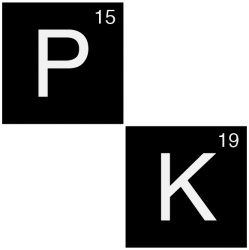“Characteristics of the pharmaceutical formulation of a drug, which determines its mode of administration and its absorption kinetics”
Description
Differences in formulation pertain to excipients and manufacturing processes. Formulation can largely determine the extent and rate of drug absorption and therefore drug efficiency.
As a principle, drugs administered as solid preparations must dissolve to be absorbed. Oral galenic formulations can be designed to:
- Enhance the dissolution in the gastro-intestinal fluids of poorly soluble drugs. This can be achieved by expanding the surface area of dissolution (e.g. excipients that swell on contact with fluids, thus rapidly disintegrating the tablet) or by giving weak acids or bases as a salt form.
- Augment the transepithelial absorption of the drug by modifying physico-chemical properties of the chemical compound (e.g. addition of bile salts or amphipatic agents to liposoluble drugs)
- Slow the rate of release of drug in the gastro-intestinal tract and extend the absorption phase (e.g. controlled-release formulations).
- Avoid dissolution in gastric lumen for drugs that are destroyed by gastric acidity (e.g. coated tablets)
After intramuscular or subcutaneous administration, absorption is rapid if the drug is dissolved in an aqueous solution. It can be greatly delayed if the drug is injected as:
- An oily solution
- A salt solution of a sparingly soluble acid or base
- A polymer or a network of macromolecules.
Clinical implications
The site of administration and the drug formulation determine the rate of absorption and extent of absorption. This rate can influence both the clinical effectiveness of a drug and the tolerability profile. Galenics also affect the convenience and compliance towards drug intake. The choice of the galenic formulation is therefore an important decision in drug therapy.
The past few years have seen highly sophisticated achievements in the field of drug delivery systems.

